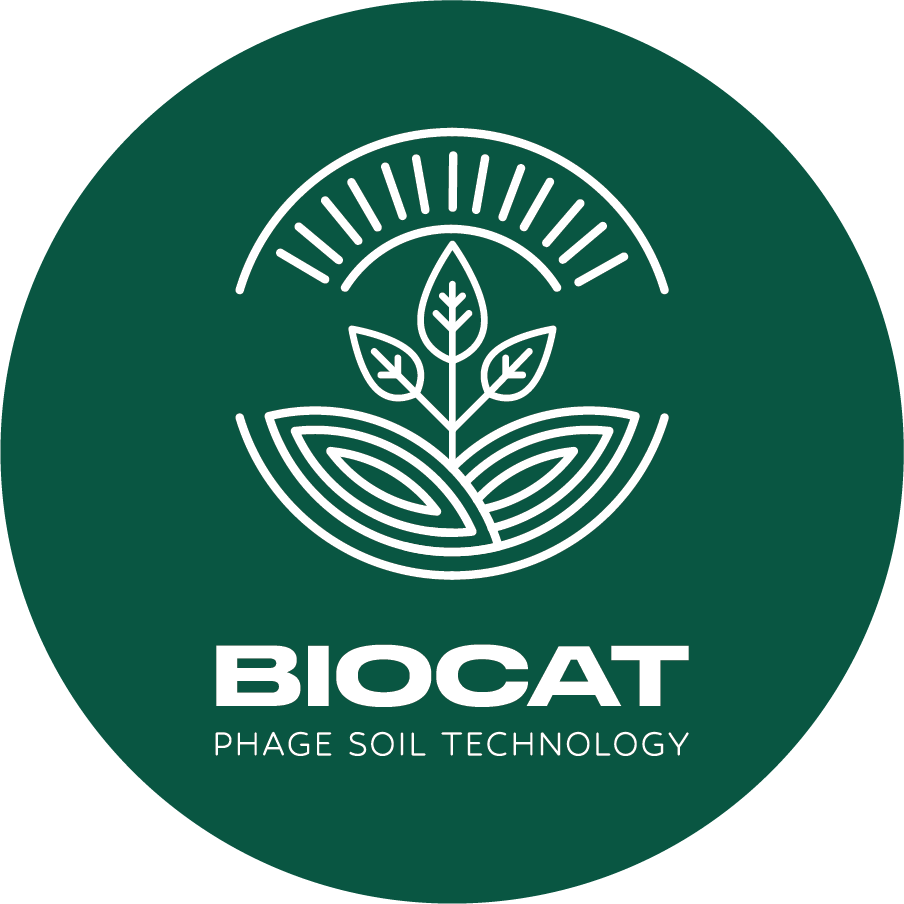Introduction to Ecological Phages
What are phages?
Bacteriophages - also known as Phages (“bacterium eaters”) are natural occurring organisms that are present on land, in water and many other habitats.
Thousands of varieties of phage exist, and each has evolved to interact with a specific type of bacteria only. By attaching themselves to the membrane of the bacterium they change its DNA. The phage’s DNA then commandeers the bacteria, ensuring its destruction, but in that process, it replicates itself ensuring its own existence. This is just one of the reasons why phages are better than chemical disease control.
Phages in biocat+ PST
Biocat+ PST technology captures and cultivates phages from different ecological backgrounds. This unique combination of bacteriophages, archaeaphages and mycophages creates a diverse and overlapping cocktail of organisms capable of a multi directional approach to overcome problematic pathogens.
The naturally produced raw materials are converted into a substrate which then undergoes a fermentation style process. This material is then passed through a catalytic converter to convert the liquid into a form of Biocat+ PST. It then undergoes the concentration process which includes multiple membrane filtration systems to reduce the amount of water in the substrate and thus increase the concentration of Biocat+
The application of Biocat+ PST increases yield and quality in crops and offers health benefits to livestock. Biocat+ PST reduces the need of pesticides for disease control and disease resistance, avoids antimicrobials, and offers increased efficiency in bioenergy.
Overall, the phages in Biocat+ PST compliments the organic growing systems for root development enhancement and improved plant establishment, or as we like to phrase it "Modulating the Rhizosphere"



